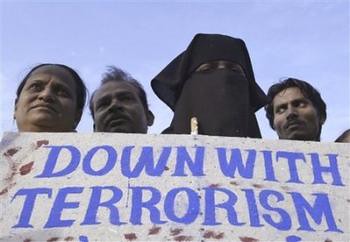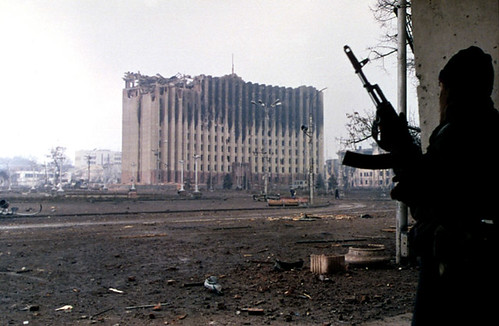
A recent ISN blog by Owen Frazer highlighted the implications of the post-9/11 ‘Financial War on Terror’ for civil society groups as they grapple with the vulnerability global authorities believe they represent in the struggle against terrorism. But there is a third, critical party in this field that is not often contemplated from a security perspective, namely the Financial Services Industry (‘FSI’).
Following 9/11, the first step of the Bush administration’s ‘War on Terror’ was to sign Executive Order 13224, which aimed to launch ‘a strike on the financial foundation of the global terror network’ in order to ‘starve the terrorists of funding.’ This assault was led by the Financial Action Task Force (‘FATF’), a body originally set up in 1989 to co-ordinate a global response to the laundering of drug money through the banking system. Adding counter-terrorist financing (CTF) to the mandate of the FATF seemed logical at the time, and the Task Force expanded its original 40 Recommendations to include 9 Special Recommendations focused on CTF. These additional recommendations were recently revised and amalgamated to create a new set of 40 Special Recommendations. In effect, this regime has led global authorities to delegate the frontline implementation of CTF policies to the FSI.




